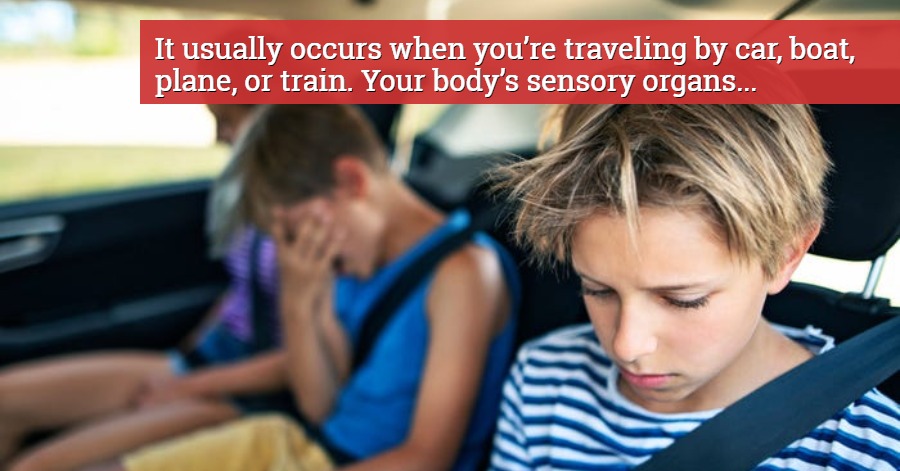Motion sickness is a sensation of wooziness. It usually occurs when you’re traveling by car, boat, plane, or train. Your body’s sensory organs send mixed messages to the brain, causing dizziness, lightheadedness, or nausea. Some people learn early in their lives that they’re prone to the condition. It usually causes an upset stomach. Other symptoms include cold sweat and also dizziness. A person with motion sickness may become pale or complain of a headache.
Anybody can get motion sickness, but it’s most common in children and pregnant women. Unlike a cold, you can’t spread it to other people. It’s not contagious. So, it is not dangerous if you ever experienced it. Motion sickness resolves itself quickly and also does not usually require a professional diagnosis. Most people know the feeling when it’s coming on because the illness only occurs during travel or other specific activities.
There are some simple things you can do if the motion sickness isn’t going away on its own:
- Relax. Find something to focus on, whether it’s taking deep breaths or counting backward from 100. Closing your eyes can help too.
- Look at a stable object. If you are on a boat, look at the horizon. If you are in a car, look through the windshield.
- Eat lightly before travel but do not fast.
- Breathe fresh air and do not smoke.
- Avoid reading.
Sources: YouTube Rehealthify.









Leave a Comment